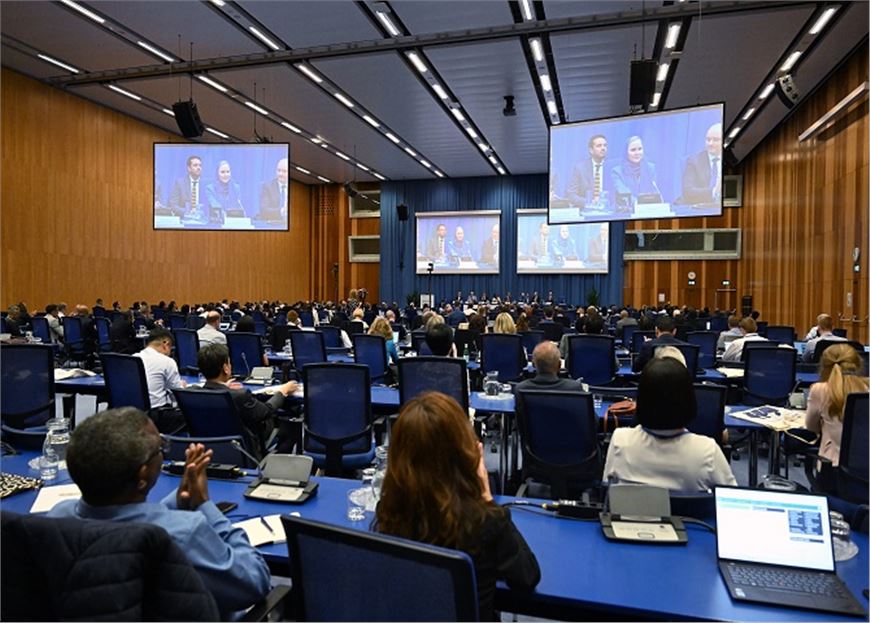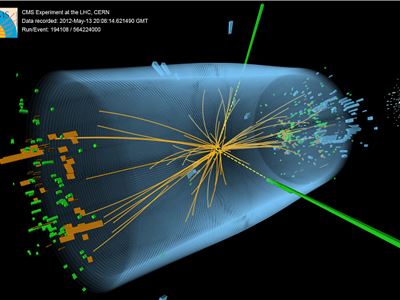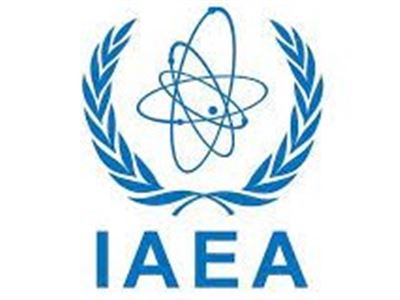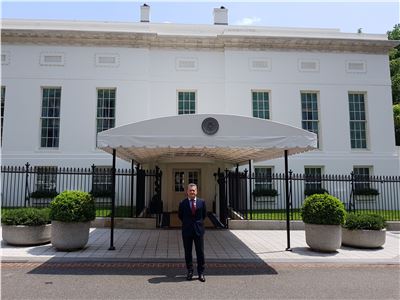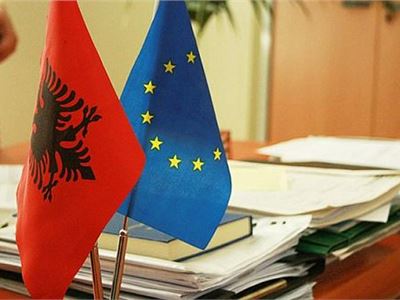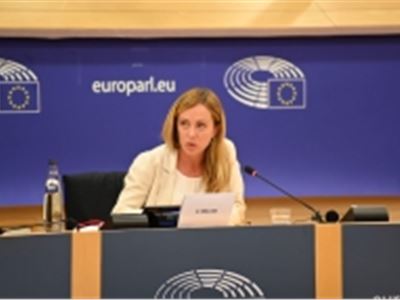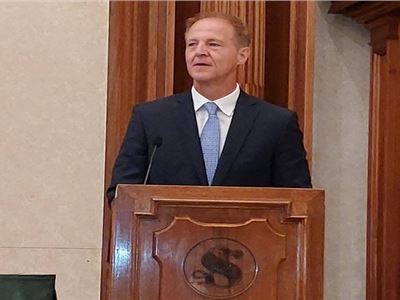The International Atomic Energy Agency (IAEA) is pivotal in enhancing global nuclear security and developing human resources for research reactor programs. This analysis explores four recent IAEA initiatives: the support for human resource management (HRM) in research reactor programs, the establishment of the Nuclear Security Training and Demonstration Centre (NSTDC), the Director General’s statement on the situation in Ukraine, and the review of Uganda's uranium exploration plan. Each initiative highlights the IAEA's commitment to promoting safe, secure, and peaceful uses of nuclear energy.
The IAEA supports countries in developing a human resource management strategy for research reactor programs through various means. Research reactors are critical for nuclear science, medicine, and technology advancements. However, managing these programs requires a well-structured HRM strategy to ensure that there is a skilled workforce capable of handling the complex operations involved.
Critical Aspects of IAEA’s HRM Support
- Modeling Tools: The IAEA provides sophisticated tools that help countries predict and plan their workforce needs. These tools can simulate various scenarios, helping to prepare for future demands and ensuring that the right skills are developed at the right time.
- Educational Resources: Through various academic resources, the IAEA enhances the knowledge and skills of professionals working in the nuclear sector. This includes online courses, workshops, and seminars that cover technical, safety, and regulatory aspects.
- Publications and Guidelines: The IAEA produces comprehensive publications that serve as guidelines for best practices in HRM. These documents are invaluable for setting up and maintaining efficient and effective HRM systems.
- Peer Review Services: Peer reviews by international experts provide an external perspective on a country’s HRM strategy. These reviews identify strengths and areas for improvement, ensuring continuous development and adherence to international standards.
The IAEA's establishment of the Nuclear Security Training and Demonstration Centre (NSTDC) marks a significant step in strengthening global nuclear security. The NSTDC provides a platform for training, research, and development aimed at combating atomic terrorism and ensuring the safe use of nuclear materials.
Features of NSTDC
- Specialized Technical Infrastructure: The center has advanced technical infrastructure for high-level training and research. This includes state-of-the-art simulation tools and security technologies.
- Comprehensive Training Programs: The NSTDC offers extensive training programs to equip professionals with the skills to prevent and respond to nuclear security threats. These programs cover a wide range of topics, from physical protection systems to cybersecurity.
- Research and Development: The centre also focuses on R&D to innovate and improve nuclear security measures. Collaborative projects with international experts and institutions ensure that the latest scientific and technological advancements are integrated into training and operational practices.
The ongoing conflict in Ukraine poses significant risks to nuclear safety. The recent drone attacks near the Zaporizhzhya Nuclear Power Plant (ZNPP) highlight these dangers, underscoring the need for stringent security measures.
Key Concerns and Actions
- Immediate Threats: The drone strikes near ZNPP injured workers and caused forest fires, posing immediate threats to nuclear safety and human lives. The IAEA's call for these attacks to stop is critical to preventing a potential nuclear disaster.
- Safety Protocols: Ensuring robust safety protocols at nuclear facilities in conflict zones is imperative. The IAEA works with local authorities to enhance these measures and safeguard against possible attacks.
- International Support: The IAEA's involvement brings international attention to the issue, fostering global support for protecting nuclear installations in Ukraine. This includes diplomatic efforts and potential intervention to ensure safety and security.
Uganda’s ambition to develop a domestic nuclear power program necessitates a thorough review of its uranium exploration capabilities. The IAEA’s inaugural review in Uganda assessed the country's potential and readiness to embark on this journey.
Assessment and Recommendations
- Capabilities Evaluation: The review team evaluated Uganda’s technical and logistical capabilities to explore and eventually mine uranium. This includes assessing geological surveys, resource estimation techniques, and mining infrastructure.
- Regulatory Framework: Developing a strong regulatory framework is essential for safe and sustainable uranium mining. The IAEA provided recommendations to strengthen Uganda’s regulations and ensure compliance with international standards.
- Capacity Building: Training and educating local professionals is crucial for the success of Uganda’s nuclear program. The IAEA’s recommendations emphasized the need for capacity-building initiatives to develop a skilled workforce.
- Environmental Considerations: Sustainable mining practices are vital to minimize ecological impact. The IAEA’s review included guidelines on best practices for environmental protection and resource management.
The IAEA's multifaceted initiatives reflect its comprehensive approach to promoting nuclear safety, security, and sustainable development. By supporting HRM in research reactor programs, establishing the NSTDC, addressing nuclear safety in conflict zones, and aiding countries like Uganda in developing nuclear capabilities, the IAEA demonstrates its commitment to fostering a secure and prosperous atomic future. These efforts are essential for harnessing the benefits of nuclear technology while mitigating associated risks, thereby contributing to global peace and development.
- Tags:
- Categories: Science


